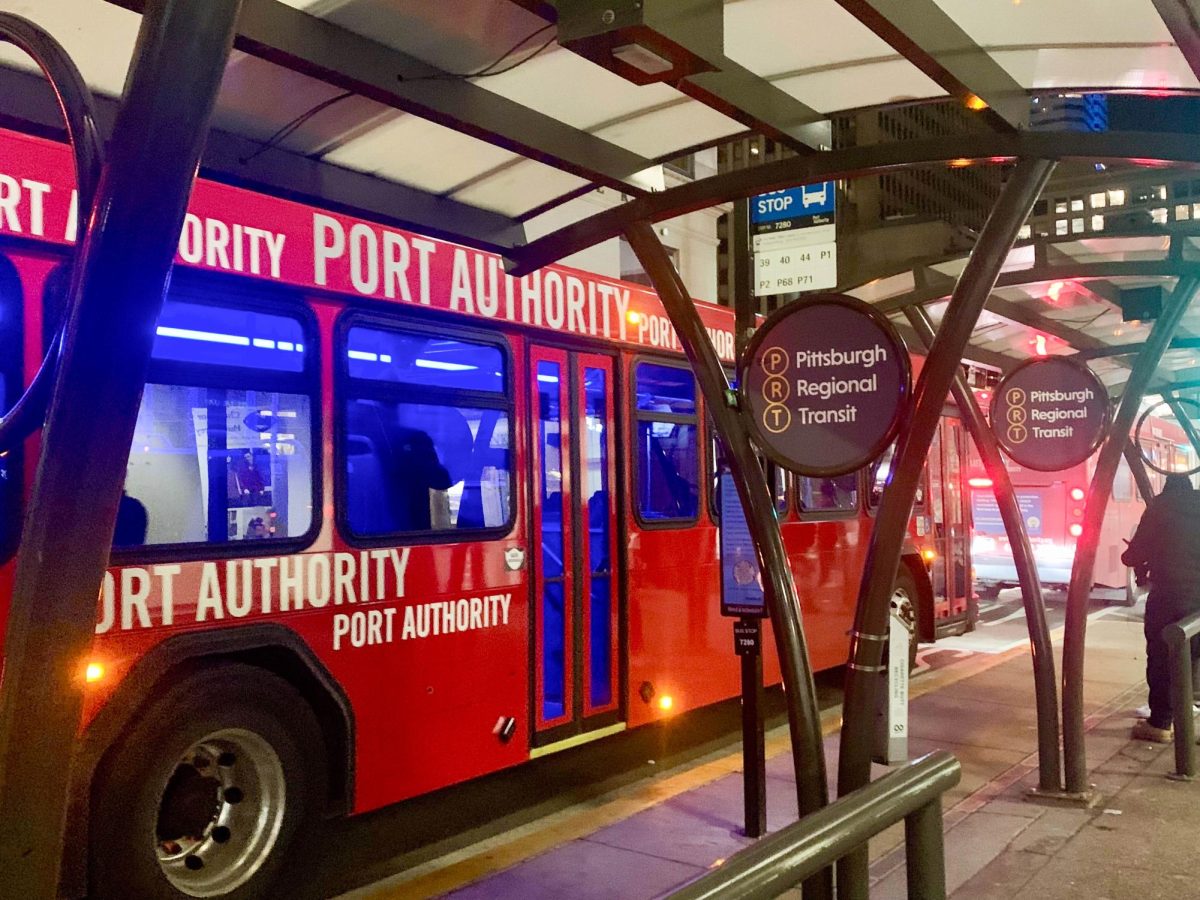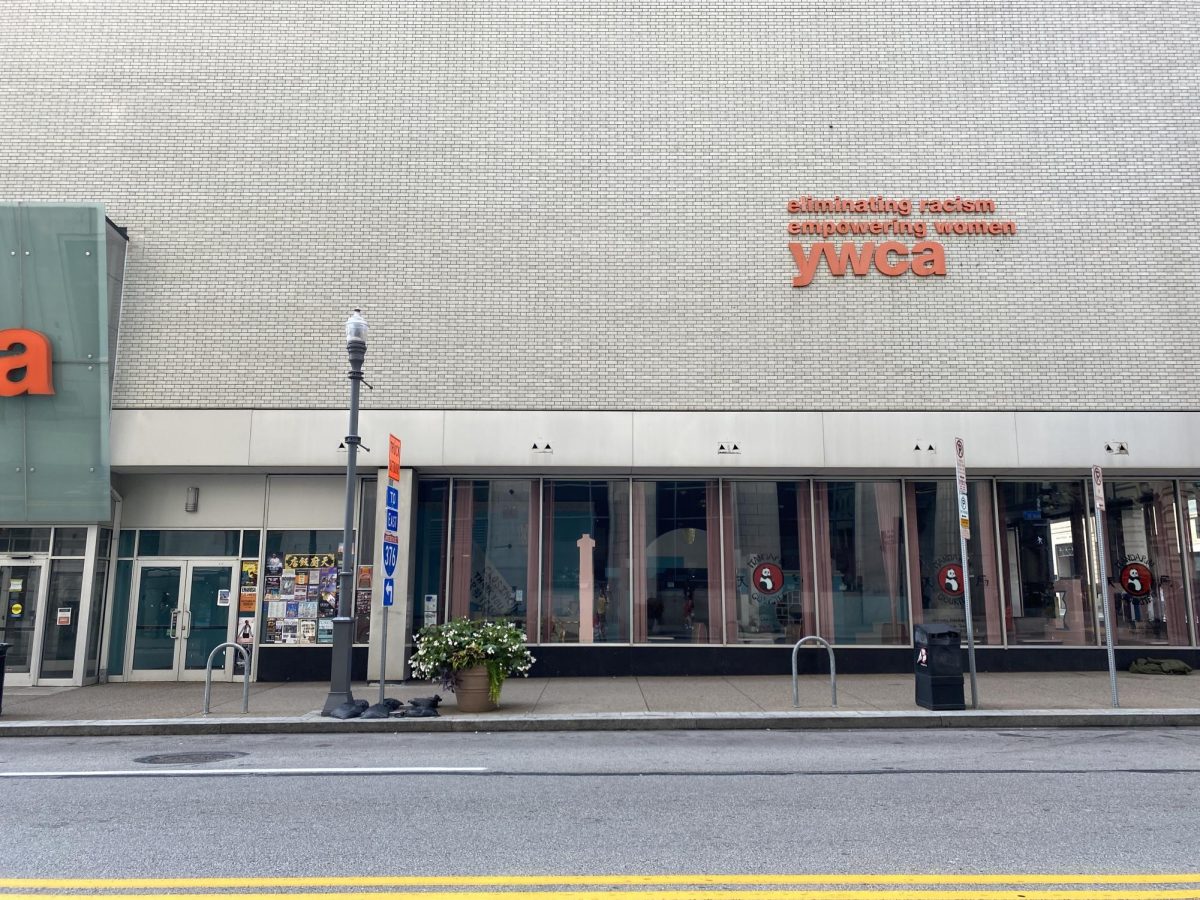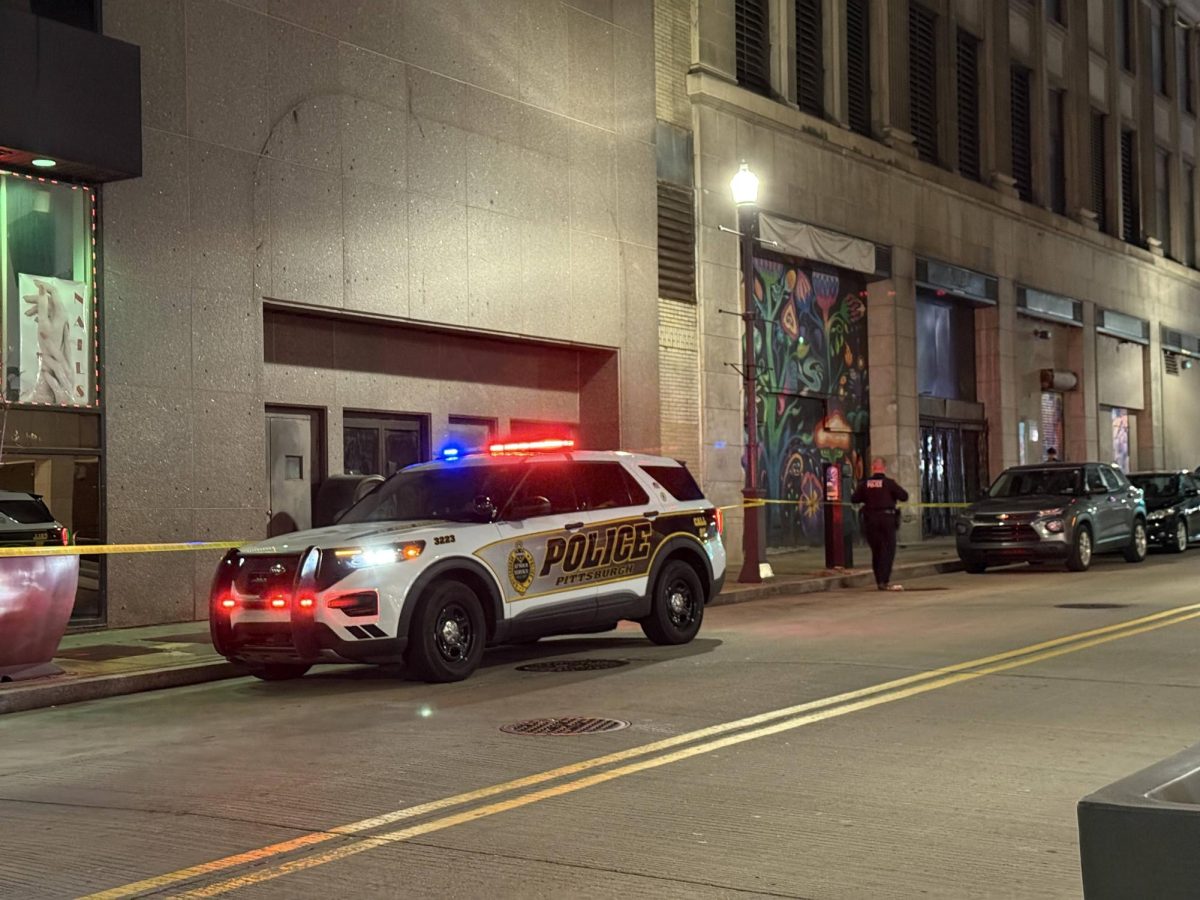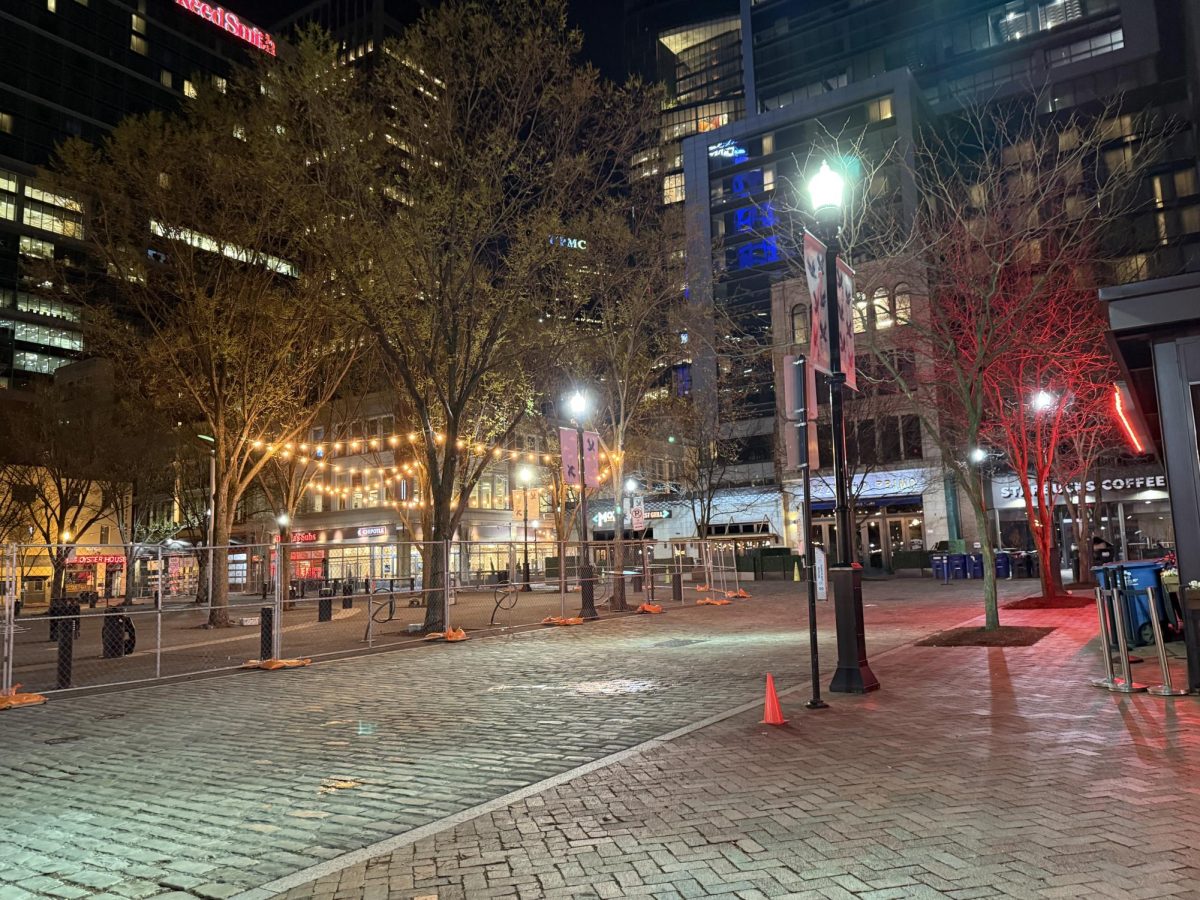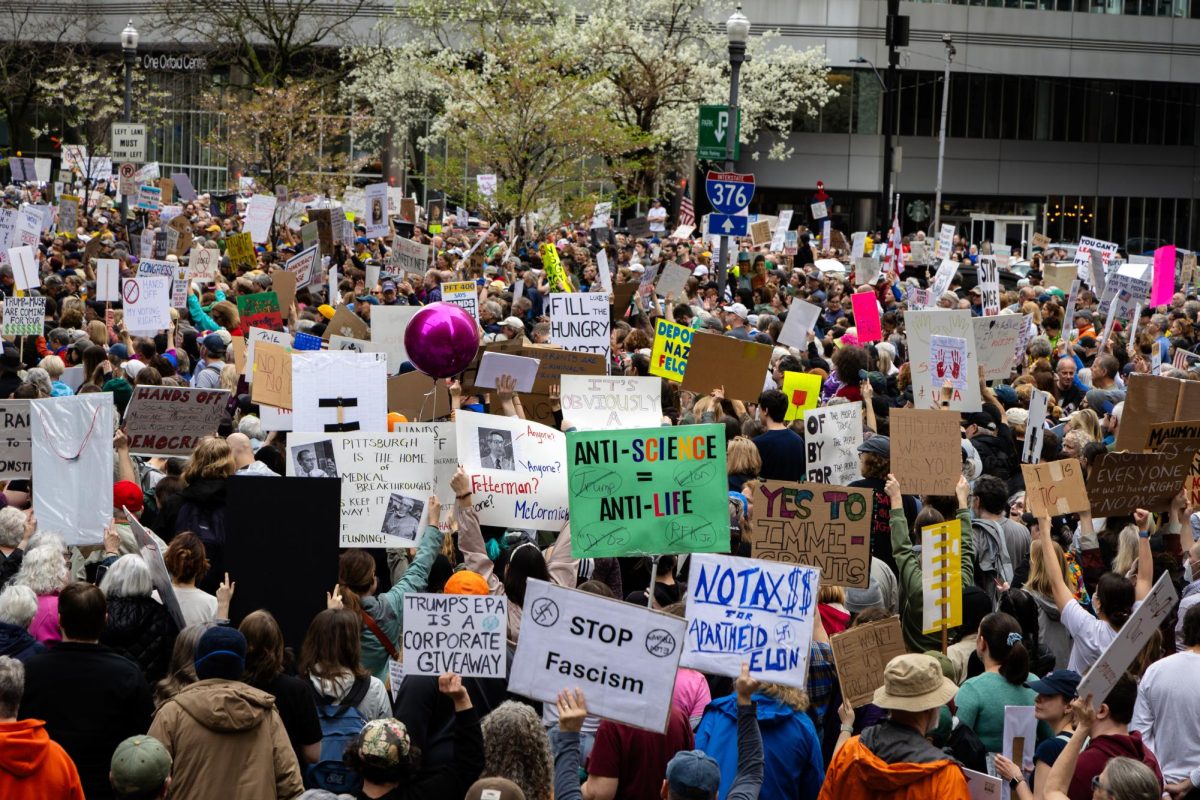If you have a “U-Pass” on your phone to travel on Pittsburgh’s buses, “T” trains and the incline, there’s a chance the pass may become slightly less useful next year–if proposed service cuts go into effect.
Pittsburgh Regional Transit (PRT) proposed sharp cuts in service, and a fare increase from $2.75 per trip to $3 per trip, in response to a $100 million budget deficit. PRT’s board is voting on the issue on March 28. Open to public comment, they will implement the changes in February 2026 if the proposal isn’t challenged.
Walker Matthews, a Millvale resident who works Downtown, said the cuts would be devastating because his neighborhood would be cut from public transit entirely.
“The whole reason I even moved [to Millvale] was because of the bus line,” Matthews said. “If that’s taken away from me, I literally don’t know what I will do.”
Bus routes on the chopping block span from the 2 Mount Royal to the O5 Thompson Run Flyer, in total spanning 40 different routes. Additionally, the Silver Line “T” light-rail vehicle route would be eliminated as well, leaving only the Red and Blue Lines. Those lines primarily serve southern Pittsburgh neighborhoods like Bon Air and Beechview, along with the South Hills.
Based on a university data sheet from fall 2024, Point Park has 897 undergraduate students living on-campus, meaning that the remaining 2,551 are likely commuter students. For those living in Pittsburgh neighborhoods that may lose bus service or have times cut, it may affect student attendance and punctuality.
While the new budget proposal was approved by PRT’s Planning and Stakeholder Relations Committee, it still needs to pass a public comment period. The proposal would likely not go into effect if PRT is able to get the required funding needed to close the funding deficit.
Still, PRT is in crisis mode based on the budget shortfall.
Governor Josh Shapiro’s initial budget proposal in February could allocate up to $40 million toward PRT by increasing the public transit share of the state sales tax, which would be less than half of what the transit authority needs to close the hole in funding. This could change once the final Pennsylvania budget plan is announced during the summer, but PRT CEO Katharine Kelleman said it won’t be enough.
“This is a crisis, not just for PRT, but for people across Allegheny County. Even if you don’t ride public transit, you likely know and rely on someone who does,” Kelleman said. “We hope that our voices are heard in the state Capital and we’re able to bring greater investment to public transit back home.”
This would not be the first time that federal funds have been redirected to public transit. In November 2024, Shapiro redirected roughly $153 million in federal highway funds to the Southeastern Pennsylvania Transportation Authority (SEPTA), Philadelphia’s equivalent to PRT.
Last year, SEPTA faced a similar budget crisis that PRT is facing now. They proposed fare increases and slashes to service just like Pittsburgh’s public transit authority is warning against now.
Amy Silbermann, PRT chief development officer, said cuts on this level will be devastating to people in Pittsburgh and those living just immediately outside the city, especially those who live in areas who may soon no longer have any public transit options at all.
“Less public transit means less access to jobs, schools and businesses, and more traffic, demand for parking and pollution caused by more cars on the road,” Silbermann said.
If this new budget passes with no increase in funding, the bus line redesign project would effectively be cancelled, and all service past 11 p.m. would be discontinued. It is unclear if prices for the U-Pass program would rise if the new budget is implemented next year.



